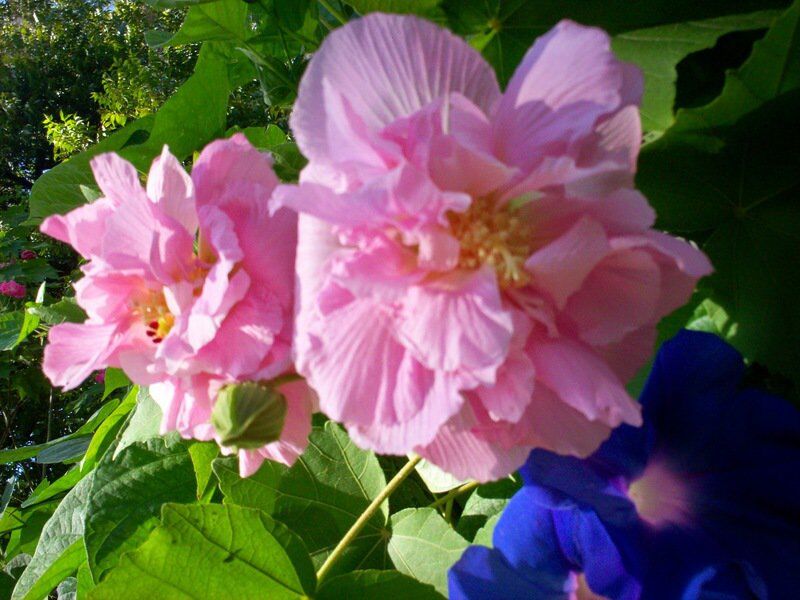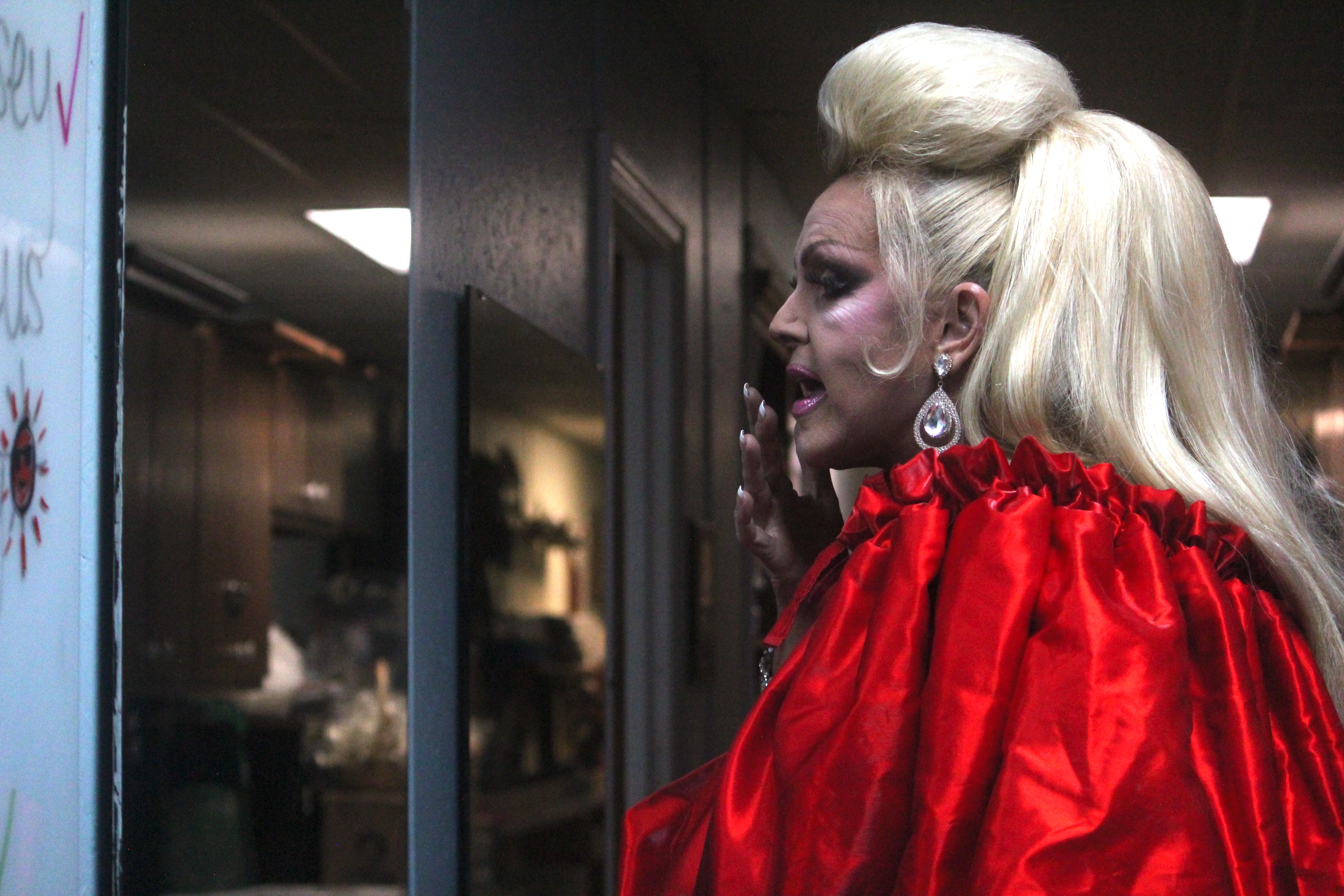GROOMS GARDENING: Amaryllis Plant Swap-Sale at The Crescent
Published 1:00 pm Saturday, October 17, 2020

- Susan Grooms | Submitted PhotoDouble flowering Confederate Rose displayed.
It is Oct. 18 and we have two full weeks left in October. Today is the Amaryllis Garden Club’s Plant Swap and Sale, it is being held on the front lawn of the Crescent, 904 N. Patterson St.
The event will be from 2-4 p.m. Everyone is welcome and is invited to come. Amaryllis Club sells plants to earn money for our club’s treasury. The funds are used throughout the year to keep our garden up, send flowers to members in the hospital or who have suffered a loss and to donate to The Crescent and the many Garden Club of Georgia projects that we support.
Trending
Anyone who has plants they want to swap or sell to the public, come on down to The Crescent’s front lawn and bring your plants. There is no charge or fee of any type, to bring your plants and offer them for sale.
We want this to be a time of finding plants you have been wanting a start of, a tree you have been wanting to add to your yard or maybe perennials you want to grow.
Everyone there is a plant lover and we love to talk plants. Master gardeners will attempt to ID plants you have but are not sure of the name, bring a cutting or photo.
We hope everyone has a good time looking over the plants offered for sale and fellowshipping with other plant lovers. A good time should be had by all.
I do not have a list of all the plants that will be offered. I know there will be red pine cone gingers, Iris plants, cannas, spurred butterfly pea with purple flowers, coral bean vines, purple asters, spider lily plants and container-grown plants, bare root plants and many perennials that are potted up for you to carry through the winter and put out in spring.
One member has been growing plants for almost a year for this sale. We missed having the one in spring due to coronavirus and plan to have a lot of different kinds of plants; indoor house plants as well as garden plants. Come and explore, prices start at $1. I hope to see you there.
Trending
My Confederate roses, Hibiscus mutabalis, have started to bloom and the flowers are exquisite with their lovely shades of pink changing from white. The species name “mutabalis” means to mutate or change, which is what the flowers do, open white and slowly change to pink as the day passes.
You may often see both colored flowers on the same shrub as yesterday’s pink ones are still attached and today’s flowers have opened white.
I have a large bush of a single-flower, opening white and turning pink. The more common double- flowering species is blooming also and is a real beauty.
These are very carefree shrubs, they live for many years and the only pest they have, that I know of, are the little caterpillars that eat the flower buds out of the tips of the branches. As a prevention, the tips of the branches and the buds can be sprayed as soon as buds start appearing and at a couple of weeks intervals to keep the little worms off.
The bushes can be allowed to grow and they make it up to 20 to 30 feet, if you prefer a small shrub they can be kept pruned and maintained in most any size you wish. They bloom on the current year’s growth, so pruning up until July will not harm the fall-blooming flowers.
When the shrubs are young, they may be killed down to the ground by severe winter, but they will return from the root mass in spring. Once the shrubs get a few years of growth on them, they are rarely killed or damaged except for maybe the top foot or two of the branches, if we have a bad winter.
Branch cuttings are easily rooted through the winter and ready for planting out in spring. To root, simply take cuttings about one to two feet long, cut off a few inches of the main growth tip, strip the leaves off the lower half of the cutting and place in water for the winter.
Do not let the water freeze around the cuttings.They can be left outside, preferably with some sunlight on them until a cold snap comes through, place them in your garage or protected area until the cold passes and then place back where they will receive some sunlight. By spring, there will be a massive amount of roots on the bottom of the cuttings. You can gently separate cuttings and plant them in your garden.
I prefer a two-liter soda bottle with the top cut off to root in, this allows light to reach the cuttings and they seem to root quicker. If rooting many cuttings, use a three- to five-gallon bucket. The water you use for rooting must be kept fresh to prevent bacteria from building up and clogging the baby roots.
About once a week, flush the container to wash out bacteria and leaves that have dropped.
The rooting water should never have a bad smell, if a cutting doesn’t make it, pull it out of the rooting container and discard. When I am rooting with a bucket, just place it under the eave of your house or shed and let rainfall flush the bucket, rainwater is excellent for all plants and adds nitrogen and a higher oxygen level than tap water.
I will bring Confederate rose cuttings and maybe angel’s trumpets, Burgmansia, cuttings for gardeners who want to try their hand at rooting these shrubs.
I am out of space, see you at the Plant Swap and Sale.
Susan Grooms lives and gardens in Lowndes County.





